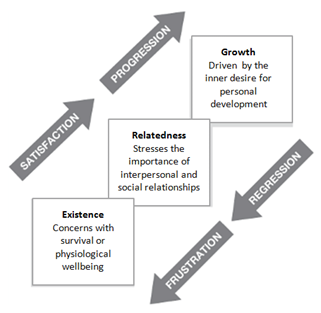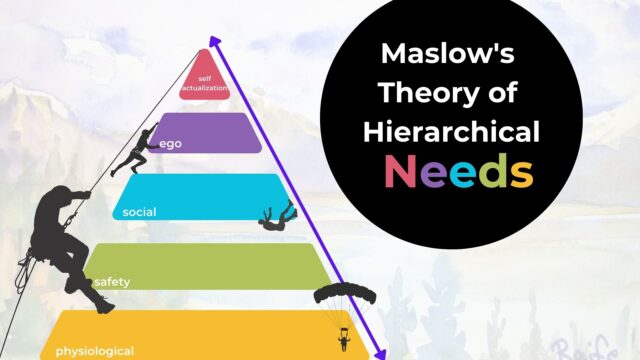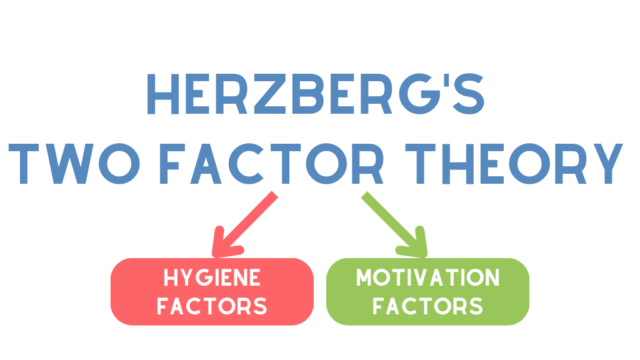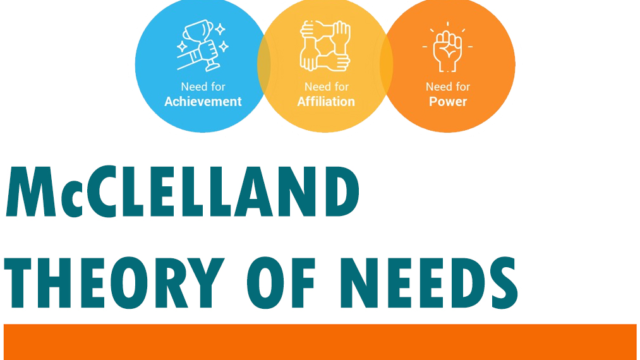Reshaping the Hierarchy of Maslow: Alderfer’s ERG Theory
Reshaping the Hierarchy of Maslow: Alderfer’s ERG Theory
Alderfer's ERG theory is a comprehensive model of human motivation that surpasses the limitations of Maslow's hierarchy. It categorizes needs into three dimensions - Existence, Relatedness, and Growth - offering a flexible and dynamic understanding. Existence Needs encompass survival requirements, while Relatedness Needs pertain to social interactions and belongingness. Growth needs to focus on personal development and achievement. Frustration in one category may lead individuals to seek satisfaction from others. Trainers can use this theory to design engaging training programs, while leaders can foster a supportive work culture aligned with diverse needs.
Brief Background: American psychologist and professor Clayton Paul Alderfer is renowned for his contributions to organizational behavior. Alderfer was an expert on human motivation, especially as it related to labor and organizations. Using Maslow's hierarchy of needs as a foundation, he created the ERG theory, which offered a fresh look at what people really need and how motivation is affected by those needs.
Research or Need: The ERG (Existence, Relatedness, and Growth) hypothesis was created by Alderfer in response to several shortcomings he saw in Maslow's hierarchy of needs. Maslow's approach, in his opinion, was too inflexible and lacked to take into consideration the complexity of human wants. The goal of Alderfer's research was to develop a more adaptable and dynamic model that more accurately captured the characteristics of human motivation.
Summary of the Theory: In comparison to Maslow's hierarchy, Alderfer's ERG theory is an extensive framework of human motivation that provides a more adaptable and dynamic understanding of human needs. Existence, Relatedness, and Growth are the three main dimensions the theory uses to classify demands.

Existence needs are the basic necessities for surviving, like food, shelter, and security. These requirements are essential to ensuring people's fundamental security and well-being.
Relatedness Needs cover the social component of the motivation of individuals. They involve the need for close relationships, social engagements, and a feeling of acceptance. Forging strong interpersonal bonds and a welcoming social atmosphere within organizations, it is crucial to address these demands.
Growth needs center on one's self-improvement, self-worth, success, and potential realization. These requirements are a reflection of a person's desire for lifelong learning, growth, and the pursuit of worthwhile objectives. Promoting employee engagement, work happiness, and professional advancement requires meeting growth needs.
The fact that Alderfer's theory acknowledges the simultaneous existence of numerous demands, and the dynamic nature of their interaction is an important feature. It accepts the possibility of simultaneous motivation by wants from various categories in an individual. In addition, the theory argues that frustration or unmet needs in one category may motivate people to look for fulfillment in needs in other, particularly lower categories.
The usefulness of Alderfer's ERG theory for organizations is what makes it so significant. Organizations can design their policies, practices, and work environments to better fulfill employee needs and boost motivation by understanding the diversity of human wants. This approach aids managers and human resource specialists in developing engaging and encouraging work environments that promote employee performance.

Real-life Examples: Marketing specialist Emily works for a company that values work-life balance and offers flexible work schedules. She does not, however, feel a sense of camaraderie or connection with her coworkers (relatedness needs). In order to solve this, the organization implements team-building exercises and promotes social interaction, which boosts staff morale and fosters teamwork.
Software developer Michael has gained respect and recognition within his company (needs for advancement). He feels underappreciated and demotivated, nonetheless, as a result of a recent company-wide compensation freeze (existence needs). The company responds to this by offering extra non-cash benefits like chances for career growth and progress, which successfully meet Michael's dual requirements and help him rediscover his motivation.
Relevance for Trainers: Trainers that want to better understand employee motivation should use Alderfer's ERG theory in their training sessions. Trainers can create training programs and development opportunities that respond to the various motivations of employees by considering the many aspects of demands. This idea gives trainers a framework for developing a more stimulating and encouraging learning environment, which enhances employee productivity, happiness, and overall corporate success.
Relevance for Leaders: Alderfer's ERG theory can help leaders by helping them understand that factors other than money or promotion in the hierarchy can affect an employee's motivation. Leaders may develop a workplace culture that supports employees' social relationships, personal development, and well-being by understanding the various dimensions of needs. They may also promote higher levels of employee engagement, productivity, and retention by matching organizational practices and rewards with these demands.
References:
Alderfer, C. P. (1969). "An Empirical Test of a New Theory of Human Needs," Organizational Behavior and Human Performance, Volume 4, Issue 2, Pages 142-175.
Founder
Related Topics
Reshaping the Hierarchy of Maslow: Alderfer’s ERG Theory 0 reviews
Login to Write Your ReviewThere are no reviews yet.








